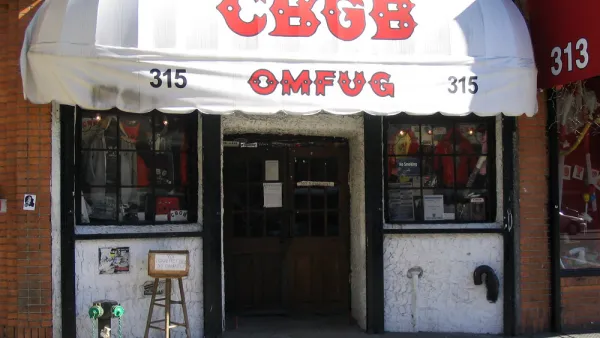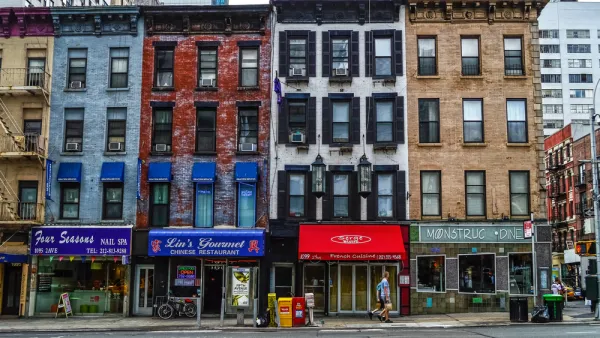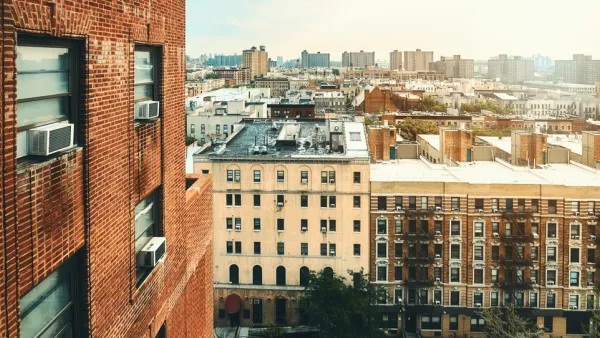Solve this riddle: New York has an unequaled reputation for diversity in the US, but at the same time ranks as “hyper-segregated” in measures of Black-white racial segregation. How do we unravel this contradiction, and what does it say about what diversity really is? The Columbia Encyclopedia provides the prevailing view: “New York City is also famous for its ethnic diversity, manifesting itself in scores of communities representing virtually every nation on earth, each preserving its identity.”
Solve this riddle: New York has an unequaled reputation for diversity in the US, but at the same time ranks as "hyper-segregated" in measures of Black-white racial segregation. How do we unravel this contradiction, and what does it say about what diversity really is?
The Columbia Encyclopedia provides the prevailing view: "New York City is also famous for its ethnic diversity, manifesting itself in scores of communities representing virtually every nation on earth, each preserving its identity."
In contrast, Massey and Denton's landmark work on segregation found New York's segregation index in 1980 was 82 percent (which hasn't changed much since), meaning that 82 out of every 100 African Americans living in the city would have to move to achieve integration. That number, incidentally, was higher than for any Southern city, from Atlanta to Houston.
New York is diverse and segregated, but it depends on where you look. As part of class assignments, my students have done hundreds of "race counts" in which they categorize by race the first fifty people to walk past. They find the public spaces of white and Black neighborhoods are often homogeneous. (Latinos and Asians tend to live more integrated lives.) Walk down Broadway on the Upper West Side of New York City, and you'll find the street or the Starbucks as white as most suburbs.
Nor do things seem to be different underground. Subways pull into in Manhattan after picking people up from segregated neighborhoods. The number 2 train comes from predominantly Black parts of Brooklyn. The N train comes from Brooklyn, too, but its riders include many from the Chinese neighborhood of Sunset Park. (Ethnic diversity is different than racial diversity: half of all Black New Yorkers, for instance, are Caribbean-American, so the 2 train is hardly homogeneous.) The Taking of Pelham 123 notwithstanding, subways can be boring monochromes.
Where's the diversity? When these lines all meet in a central station like Times Square, you hit the diversity jackpot. Spilling out of the cars like coins from an old-time slot machine are people from every nation of the world and of every color. The musicians at Times Square reflect that diversity: The Ebony Hillbillies are Black New Yorkers who play fiddle-and-banjo bluegrass. Andean groups play American pop songs. A Chinese musician plays nursery rhymes on a dulcimer.
What does this say about diversity? "Diversity" doesn't mean you never know who'll come around the corner next. It's patterned, and it's spatial, and there are multiple opportunities to express or repress it. New York is hardly a model, but most places are similarly segregated, and the city shows that you can create a sense of racial diversity in a community by fostering it in central places and important institutions like parks, schools, and public transit. Public spaces matter a great deal for a city's sense of diversity. Rush hour is diverse in plenty of cities, but in their own private car on the highway, no one can tell. Building diverse communities is not a matter of luck, and it doesn't have to be an all-or-nothing proposition. Planning diverse central places is a first step to giving communities the diversity they need.

Analysis: Cybertruck Fatality Rate Far Exceeds That of Ford Pinto
The Tesla Cybertruck was recalled seven times last year.

National Parks Layoffs Will Cause Communities to Lose Billions
Thousands of essential park workers were laid off this week, just before the busy spring break season.

Retro-silient?: America’s First “Eco-burb,” The Woodlands Turns 50
A master-planned community north of Houston offers lessons on green infrastructure and resilient design, but falls short of its founder’s lofty affordability and walkability goals.

Test News Post 1
This is a summary

Analysis: Cybertruck Fatality Rate Far Exceeds That of Ford Pinto
The Tesla Cybertruck was recalled seven times last year.

Test News Headline 46
Test for the image on the front page.
Urban Design for Planners 1: Software Tools
This six-course series explores essential urban design concepts using open source software and equips planners with the tools they need to participate fully in the urban design process.
Planning for Universal Design
Learn the tools for implementing Universal Design in planning regulations.
EMC Planning Group, Inc.
Planetizen
Planetizen
Mpact (formerly Rail~Volution)
Great Falls Development Authority, Inc.
HUDs Office of Policy Development and Research
NYU Wagner Graduate School of Public Service




























